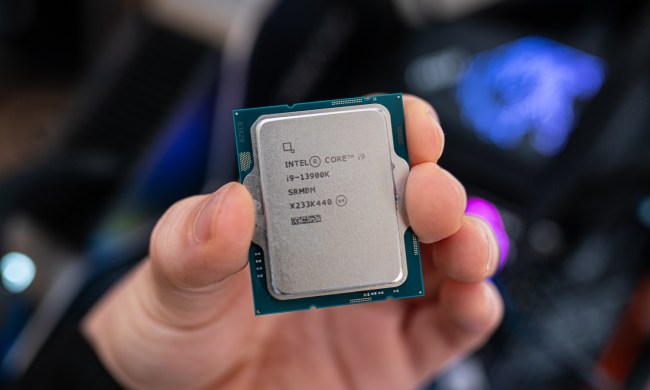
Chipmaker Intel has officially begun shipping its dual-core Atom 330 processor, aiming to bring more horsepower to the netbook and nettop market while keeping within the Atom’s low-power footprint.
The new Atom 330 offers 1 MB of L2 cache (512 Kb for each core), supports DDR2 667 memory, and is designed for the Intel 945GC Express chipset, which features Intel GMA 950 graphics and Intel High Definition Audio. The unit is rated for 8 Watts of thermal design power, and is clocked at the same speed as its Atom 230 predecessor: 1.6 GHz.
It remains to be seen whether netbook and nettop developers will leverage the new resources in the Atom 330; while having a dual-core CPU could render some significant performance improvements, the bottom line is that it’s only an on-paper improvement unless software taps into the multi-core design…and on the low-end netbook market, developers haven’t yet shown a lot of willingness to put sweat and elbow grease into their applications. Also, the Atom 330’s design means system builders will still have to deal with having just one DIMM slot and one PCI slot, with no capability for DVI video output. However, the price may be right: Intel is charging $43 each for Atom 330s in lots of 1,000, while the Atom 230 runs $29.


